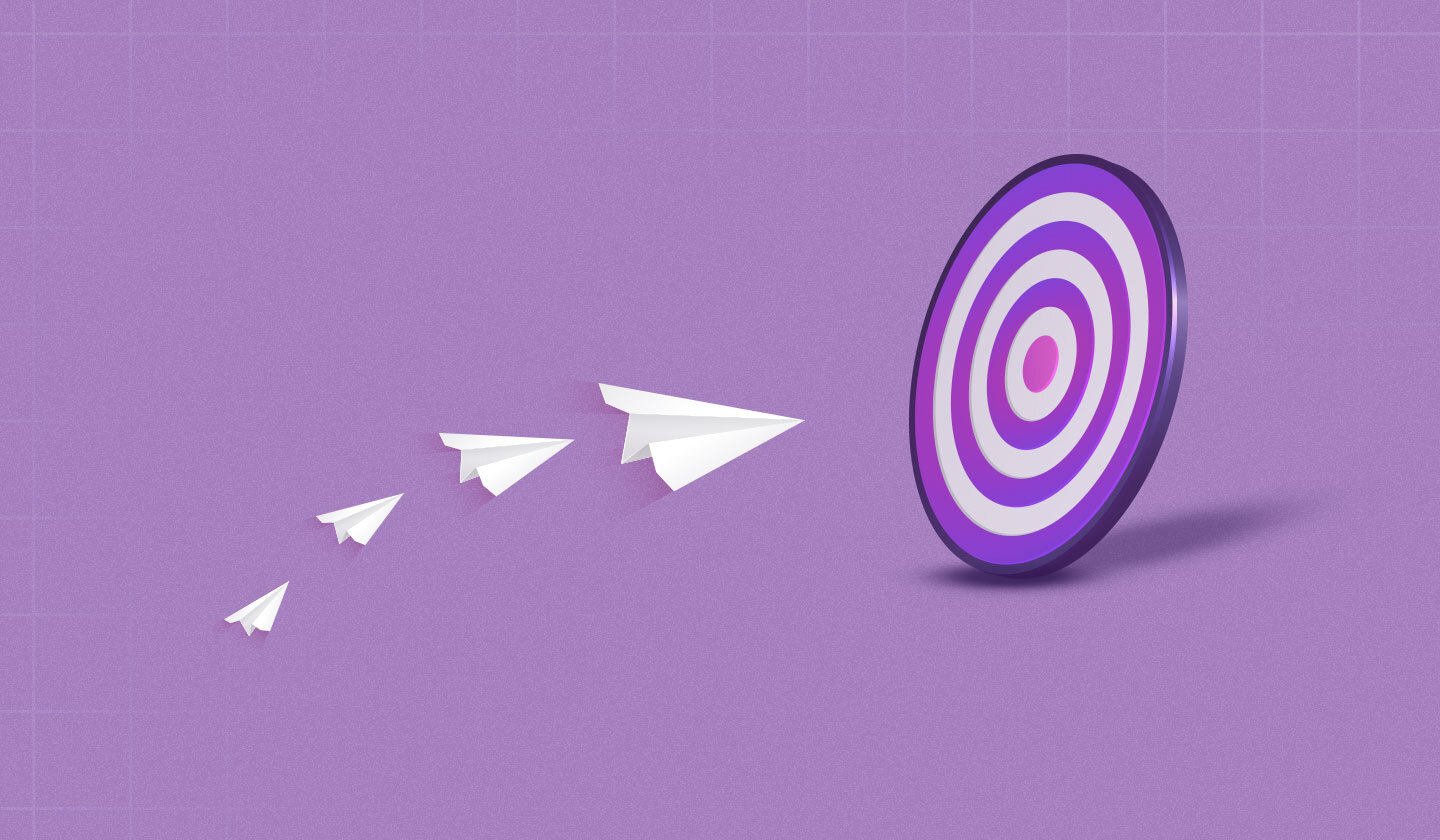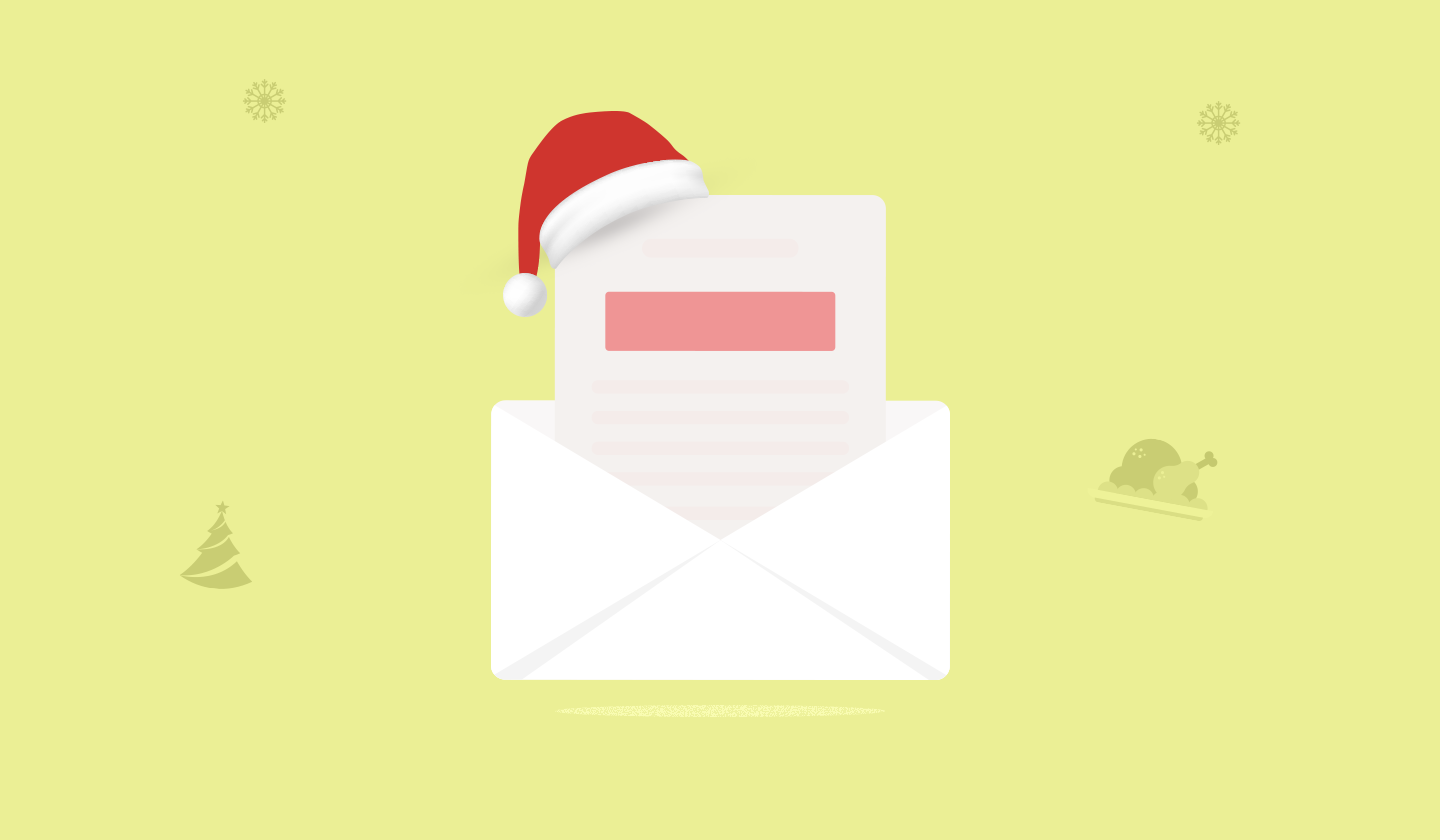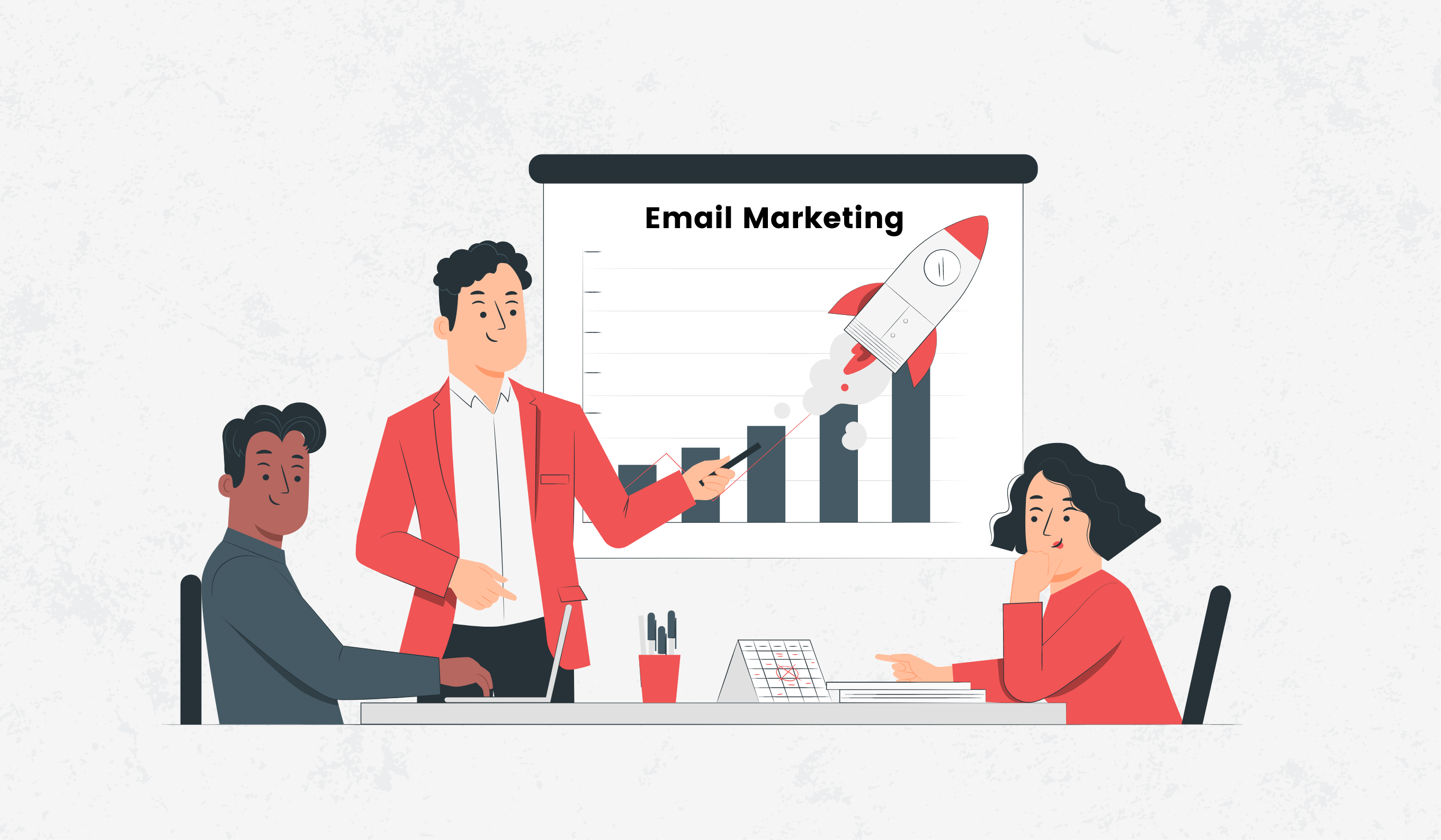40% of B2B marketers believe email marketing is critical to their success.
But how to craft such emails that generate dozen of new leads? Is it the subject line? How is the email copy written or the email's overall content?
The answer is a resounding yes for all of the above.
Crafting the perfect B2B email marketing strategy is both an art and a science. Balancing a conversational tone with getting to the point can be daunting.
Luckily, you don’t have to figure it out on your own. With the help of expert tips and templates in this article, you’ll have the confidence to create striking emails that your clients will want to read.
Can B2C Email Marketing Strategies Work for B2B?
You are bound to fail if you’ll apply general email marketing tactics to B2B campaigns. Therefore, it is necessary to employ unique B2B email marketing strategies.
There are many critical differences between B2C and B2B email marketing tactics.
B2C email marketing campaigns target individuals, whereas B2B campaigns target companies and multiple individuals in a company.
Similarly, buying something on your own doesn’t take very long, but for a company, the purchasing process can be more like herding cats. It involves coordination from multiple departments on a decision, especially one that requires budget approval.
Also, B2C emails contain content like sales, promotions, and discounts. In contrast, B2B emails tend to perform better when they’re more focussed on providing information and resources like trend reports, industry benchmarks, guides, webinar recordings, etc.
9 Tips to Design Successful B2B Email Marketing Campaigns
As you already know, generalized email strategies are a big no-no for your B2B email marketing campaigns. But not providing you with valuable tips and tricks wouldn’t be helpful. So, here’s how to nail your B2B email marketing campaigns.
1. Target the buying center of a company
While targeting a specific B2B company, you need to target the company’s buying center.
The buying center is the group of people who determine whether or not to buy your product. It includes four main roles:

Initiators
Initiators are the ones you reach out to and who become aware of and interested in your product.
Users
Users are people who are going to use your product once their company decides to make a purchase.
Buyers
The folks who handle the administrative and logistical aspects of a potential purchase, including contract terms, budgeting, renewals, etc.
Deciders
Deciders are the ones who have the ultimate authority to give the final go-ahead to the buyers to make a particular purchase.
2. Think like a buyer
You really need to comprehend the mindset of each member of your target company’s buying center in order to build a better understanding of what sort of emails fit each role.
For instance, a how-to guide email suits the initiator or user more than the buyer. If you send the same email to a buyer whose work is concerned with purchasing and renewal of the product, your email might end up in the trash.
The more you customize your emails according to your customer's needs, the more effective they’ll be, and you’ll get lesser unsubscribes and spam reports.
3. Employ email segmentation
Email segmentation is one effective tool in which you group your subscribers according to their characteristics. This way, you can create lists for each of the different buyer personas and hit everyone on your target list with content that is perfectly tailored to their needs and interests.
For example, you can segment your leads based on the time zone. Your target buyers aren’t always working in the same time zone as you because businesses are divided across countries. So, segmenting your email list according to that and sending emails at the right time is also the key here.
4. Plan your campaign in stages
B2B email marketing strategy should be built around the B2B buyer journey. When you plan your campaigns around the stages of the buyer journey, you not only make your emails relevant for your target audience but also can track where they are at a particular point on the journey.
The buyer journey has five main stages, each suited to different types of content.

Awareness
This is where your target audience can learn about your product and think about making a purchase. Sending out how-to guides, eBooks, and other educational content can familiarize potential clients with your brand.
Consideration
Your target audience is particularly interested in your product or service but hasn’t reached the decision-making stage. They want to know more about your product. Case studies, product demos, and client testimonials can provide more information about your product and push your audience towards making a final decision.
Decision-making
Your potential customers are thinking about buying your product and are now considering things like budget and Return on Investment (ROI) to decide whether they are ready to buy it or not. You can influence your prospects in the direction of purchase with free trials and discount offers communicated via email.
Retention
Once you successfully make your prospect a customer, your goal is to retain them. Product tutorials and high-level educational content can assist your customers in getting the most out of your product features and encourage them to remain loyal customers.
Advocacy
Loyal customers are the ones who can boost your marketing efforts by becoming your brand advocates. They can tell others about your product and bring in new customers. Surveys and referral programs, complemented by the use of referral links, can engage your clients in more active brand advocacy.
5. Use email templates
Email templates are valuable for your successful B2B email marketing efforts. Building a solid library of email templates takes time. But you don’t need to worry when Unlayer is here with 1,000+ email templates. You’ll be able to crank through tons of emails in a day and still clock out by five.
Email templates give a professional feel to your emails, using the same brand elements across the board and building your brand right into the template itself.
6. Craft great subject lines
This tip applies to all types of email marketing. All email marketers should ensure that their subject lines are catchy and short enough to be seen in their subscribers’ inboxes. According to Mailchimp, the magic number is 60 characters or fewer.
B2C emails can have a chance of succeeding despite a lousy subject line. But in B2B email marketing, a cold email with an annoying subject line is much more likely to end up in the spam folder.
The busier your targets are, the more critical it is for your subject lines to be attention-grabbing. You should place your email’s valuable information at the front line.
7. Personalize your emails
Personalizing emails shows your clients that you care about their interest in your product and invites them to build a stronger relationship with your business. You can add your recipient’s name and company in the subject line of your email and include other information that helps your emails look less generalized.
Additionally, personalizing the overall content of your B2B email according to specific pain points of your potential clients is also important. This way you can provide them with engaging and relevant content, and a much more personalized experience.
8. Be conversational
It’s easy to wander into professional mode and come across as stiff and robotic while writing B2B email content.
Think from a human’s perspective. What type of business emails would you like to read? Which subject lines get opened, and which ones do you send to the trash? Trust us, having a conversational tone for your B2B email marketing campaigns will help you connect empathetically with your audience and develop a loyal customer base.
Below are some common components to consider while maintaining a conversational tone across your B2B emails.
Write in second-person viewpoint because “you” is the staple of a conversational tone.
Use first-person plurals and imperatives like “we” and “let’s.”
Choose simple and easy-to-understand words.
Employ sentences of varying lengths as they can help the reader feel engaged.
Use concise formatting and active voice.
Additionally, you can use Grammarly and Hemingway Editor to make your writings bold and clear.
9. Keep things scannable
If you’re thinking about what email strategy works best for you, you’ll likely find that the most effective emails are pretty brief. Business people are busy, so only a few people have time to go through plain text emails.
Therefore, it is essential to incorporate some visual elements to make your emails more engaging with intelligent formatting and a little bit of strategic design. Because the main goal is to get them to convert, so add clear-cut Calls-To-Action (CTAs) and tell your subscribers what you want them to read, submit or sign up for right away.
5 B2B Email Marketing Templates to Boost Revenue
Here are a few B2B email templates you can use to craft emails your prospects want to read and engage with.
1. Welcome email template
[

](https://unlayer.com/templates/creative-portrait-photography)
Get this template
Use this email template from Unlayer to welcome your prospects. You can stand out with this template by customizing it according to your business needs. Plus, you can do strategic yet subtle client name drops here that’ll lend social proof to you and the company you represent.
2. Curated content email template
[

](https://unlayer.com/templates/podcast-promotion)
Get this template
After sending out a welcome email, it’s best to create a list of your best content and share it through email with your subscribers. By sending a curated content email, you deliver value to your clients without being self-promotional.
3. Product promotion email template
[

](https://unlayer.com/templates/business-promo)
Get this template
Let your clients know what you have to offer, as this template will allow you to briefly explain all the services your customers will receive by working with you. Plus, don’t forget to engage with them in an inviting way and suggest some time to connect with your business.
4. Request a demo email template
[

](https://unlayer.com/templates/free-demo-email-template)
Get this template
The product demo is the most critical thing in the process of B2B email marketing. It is an opportunity to demonstrate the value of your product to your prospect and let them understand how your solution truly solves their pain points. Therefore, you can use the above ready-made email template to ask your clients to join demo calls and close more deals instantly.
5. Follow-up email template
[

](https://unlayer.com/templates/voicemail-follow-up)
Get this template
Following up after a prospect demo is crucial in B2B email marketing. You can cleverly use the above email template to keep your prospects on track for a sale, as a follow-up email can be all it takes to get them hooked.
Wrap Up
Targeted B2B email marketing can be tricky, but these tips and templates are a great place to start. Always remember to keep your B2B emails simple and helpful. Because taking the time to do it right will help you cut through the noise in your potential client’s inbox and stand out as a solution-oriented partner to their business.





